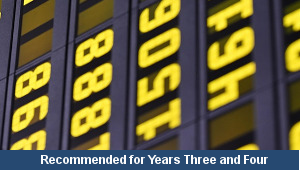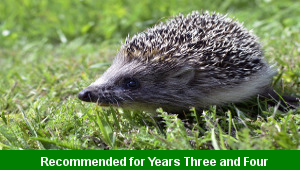Lesson Five – Resurrection Viewpoints

This religious education teaching pack for Key Stage Two gets the children to identify and record some of the observations that different characters might have said about how Jesus rose from the dead.
The class can practise using verses from a Bible Gospel to select and suggest what different characters might have said about what happened to Jesus in the Easter story.
Download this teaching pack including a shared reading text, classroom activities and an interactive presentation to identify and record some of the observations that different characters might have said about how Jesus rose from the dead
Activities in this teaching pack include a shared reading text to explore an important scene from the Easter story using gospel from the Bible, a worksheet to identify observations that characters might have spoken about how Jesus rose from the dead and a template and record what one character might have said about an event in the Easter story.
The interactive presentation can be used to explore some of the observations that different characters might have said about how Jesus rose from the dead.
This lesson is part of a religious education scheme of work to get the children to explore some of the main narrative events in the Easter story and suggest how different characters might have reacted to what happened to Jesus. There are teaching activities for shared learning, differentiated worksheets to support independent learning and interactive presentations to introduce concepts and key skills.
-

Rounding Hundreds
Explain and model how to round some different numbers to the nearest hundred based on the place values of the digits in each number
-

Rounding Tens
Identify and record how to round some different numbers to the nearest ten based on the place values of the digits in each number
-

Classic Animal Stories
Investigate the structure and content of classic works of fiction by significant authors with animals as the main characters
-

Cities, Towns and Villages
Research and present the history of a range of different buildings and people that are part of the local community using a school exhibition
